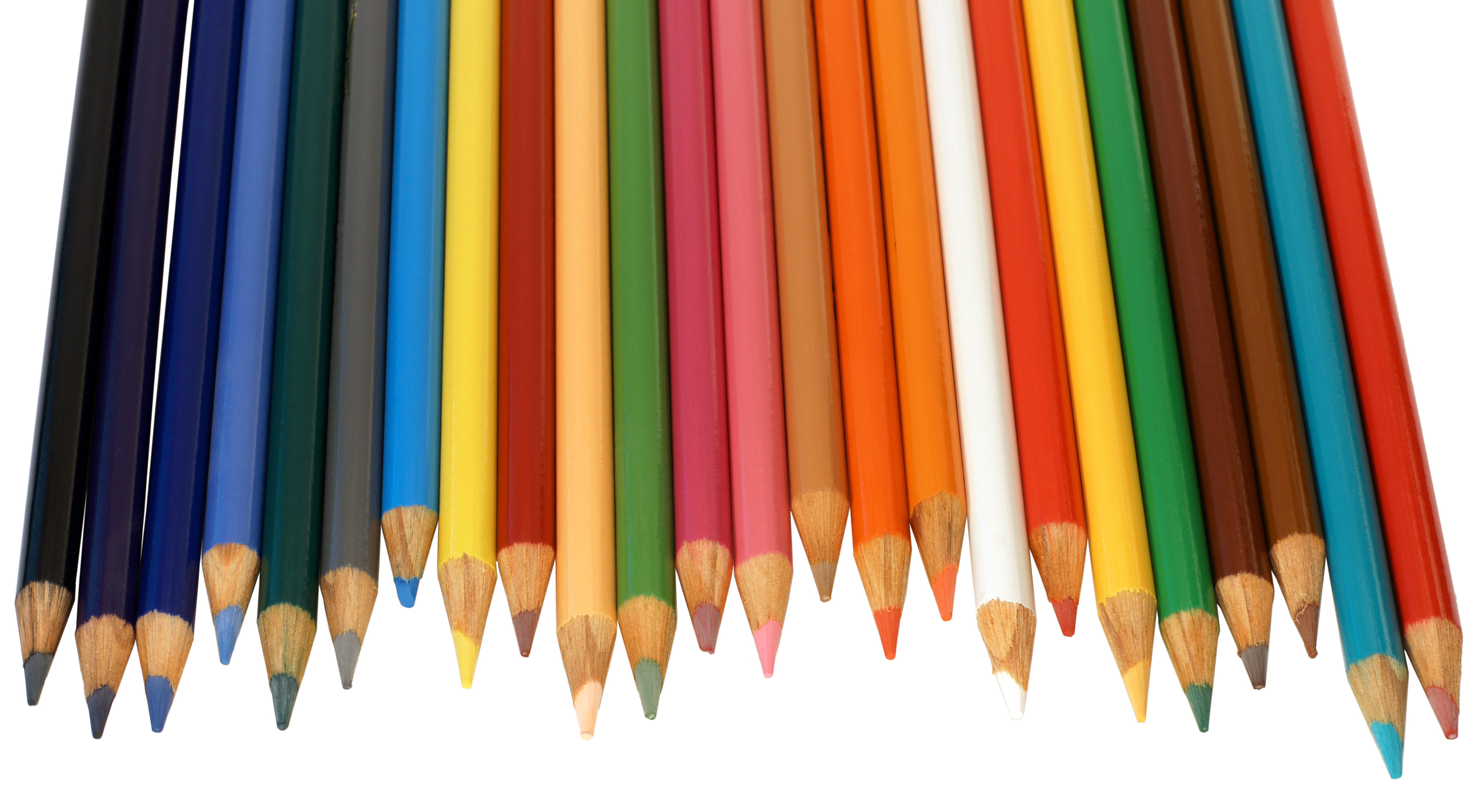“As educators, we
know that student engagement, achievement and well-being flourish when
students, staff and parents share a common understanding of learning goals and
related success criteria…” Growing
Success, 2010
STUDENT LED LEARNING WALKS: Sharing Learning in Context
This week we will host our first two STUDENT LED LEARNING
WALKS (SLLWs) on Wednesday and Thursday evenings. A strategy for sharing learning in context
that has roots in Manitoba, I first encountered this idea when I met Principal
Mirella Rossi from Precious Blood Elementary School in Toronto in February,
2014 at the Learning Partnership’s Outstanding Principals Conference. The idea intrigued me – to transform
curriculum from “words and expectations to tangible samples of students’
understandings and learning” and facilitate discussions “with our families
about what our students are engaged in” (M.
Rossi, ‘Principal Connections”, Winter 2013). We’ve been considering the possibilities as a
staff over the past several months and in June of 2015 made a commitment to
engage our families in this less formal, learning celebration strategy for the
2015-16 school year.
The flexibility SLLWs afford a school is one of the most
intriguing features. As we explored the intentionality of the strategy, we
teased out the basic premise as being an opportunity to help parents understand
there is a ‘flow’ to learning and provide students with opportunities to
discuss learning across the school with their parents through student eyes –as
well as an opportunity to open up what happens in classrooms to students and
parents without attaching an evaluative perspective while sustaining strong
connections to the provincial Programs of Study. It is not about how a particular student is
performing in relation to expectations of achievement but rather about the work
they are engaging in from Kindergarten – Grade 4 that is grounded in the
expectations of the Programs of Study.
Not evaluative as in meeting expectations but definitely formative as in
‘here is what I’m working on and how I am using skills and strategies that
engage my thinking’. It’s a whole new way of thinking and approaching the
sharing of student experiences from a teacher perspective as well, and we have
wrestled with our own preconceptions and understandings while forming plans to
spotlight daily student work.
What will parents see when they attend our SLLW
evenings? Their first encounter will be
with a document board featuring Program of Studies’ goals for writing to
represent and communicate understanding from Kindergarten to Grade 4. No
exemplars (this is not about evaluation but rather about the learning journey)
but a clear and distinct connection to the competencies and outcomes that guide
all learning in Alberta schools. The SLLWs will be centered in our school
gymnasium and parents will, with their children, walk through displays of
current student work in chronological order beginning with Kindergarten and
ending with Grade 4. Although teachers
will be present both evenings, it is the students who will do the guiding and
talking as they perceive the work from a child’s perspective.
This is an innovative experience for parents – to see what
students across the grade levels are actually doing day-to-day related to
writing to communicate and represent ideas.
It is also a unique experience for children to see other students work
as well as their own, and to speak to the work rather than strictly to their
own success in the work. Understanding
the depth and breadth of classroom engagements is an area we have not always
been able to adequately share with parents and the SLLWs offer all of us a
fresh way to understand and discuss learning as it is truly lived out on the
school landscape.
We are looking forward to this exciting new opportunity to
share student experiences with parents and engage our community with the
amazing work our students expend tremendous effort into every day! Thank you, Mirella Rossi, for sparking our
thinking in new directions – another strong example of how connecting with a
wide professional learning network enhances the daily work of schools across
Canada JJ
Lorraine Kinsman, Principal
Cranston School

